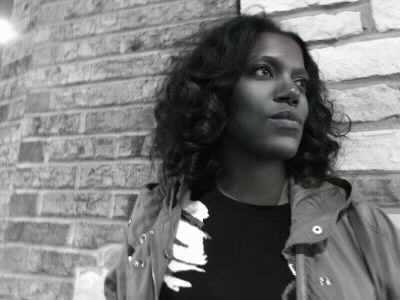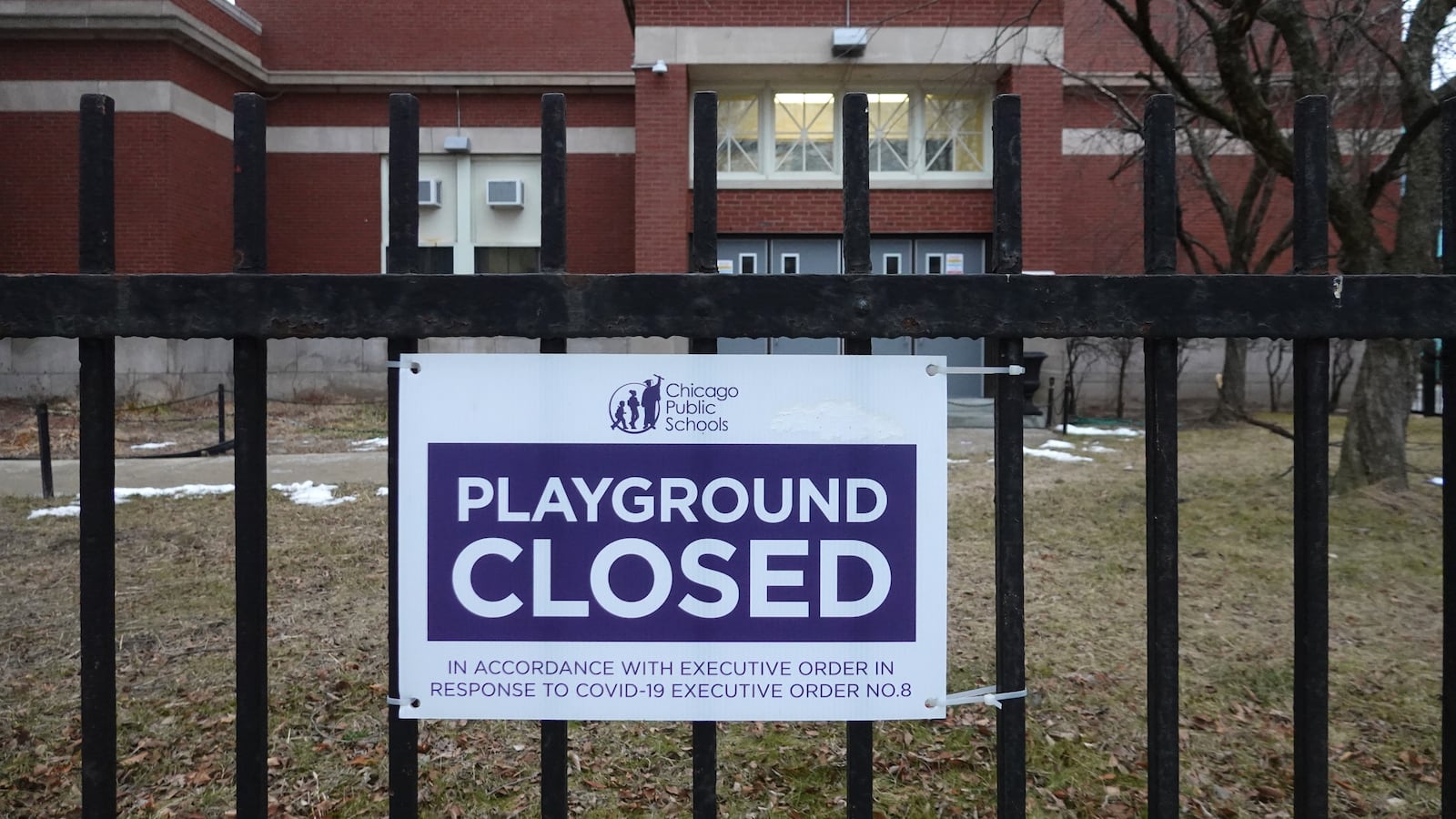The plan to return to school has been utterly chaotic, and teachers have been left in the dark just as much as everyone else. I am a middle school English Language Arts teacher on the Southwest Side of Chicago, and I was slated to return to school this week until Chicago Teachers Union members announced a walkout.

When we do return, teachers have no idea if we will be locked out of remote learning platforms or if we will get in trouble for crossing the picket line or when we are expected to be outside if we strike. There’s an assumption that we, as educators, have some sort of inside knowledge of what’s to come, either because our union leadership is fighting for us or because our administrators have outlined comprehensive reopening plans. I’ll let you in on a secret: We don’t know any more than you do.
What I do know is that while I miss seeing my students in person, I also fear for their safety as well as my own. I know that I am trying my best each day to provide them with structure, even remotely. I know my students learn better in person and that I want to return to the classroom as soon as it’s safe. I also know the conditions in every school vary drastically, and plans are too often unclear. Until there is districtwide clarity and consistent safety protocols, I am not comfortable reentering my school. As a Black woman, I am well aware of the COVID-19 statistics, as I have seen them play out among my own family members as well as my students’ families. I want to be certain that all schools are safe.
This chaos and conflict between stakeholders cannot continue. Real negotiations have to happen now — no finger pointing, no triple-dog dares. Our students have watched leaders across the nation act like bullies for far too long. We finally have a president who eschews name calling and fighting for its own sake. We need that same leadership here. And we need it now.
Here’s what true leadership would look like on behalf of educators, students, and families:
- Transparency: If there’s a way to broadcast the negotiations, do it. People’s lives are at stake, and no one is communicating directly and frequently with those of us most impacted. During previous national crises, we’ve had to be flexible and amend how things are typically done. If the two parties can’t or won’t do that, we need a neutral party agreed upon by both sides that can present updates to the public.
- Find a mediator: When students have trouble working out problems with other students, we sometimes use peer mediators to help reach an understanding. Sometimes adults need help resolving conflict, too. The district and the union agreed to have a mediator, presumably because they recognize that bargaining directly isn’t working. Let’s follow through.
- Listen to President Biden, but actually listen: On Monday evening, both the Chicago district and its teachers union promoted President Biden’s message when asked about reopening toward their own ends. Neither side should be taking what they want to hear and ignoring the rest. The same goes for the message of any public health official. Vaccination, while part of the solution, is no silver bullet. Reopening safely requires far more frequent COVID-19 testing in schools. The district and the union should be working together to hold the state accountable for more frequent and widely available testing districtwide.
- Get educator input: The last time my union or my district asked me about what I needed or how I was feeling was the beginning of the school year — nearly five months ago. Please engage teachers regularly so you know what we think is best for ourselves, our students, and their families.
- Equity must be top of mind: We know Black and brown people have been hit the hardest by COVID-19. We need to be intentional about how we approach support for these communities. We need to switch from not exacerbating problems to alleviating them, lest our students fall further behind. Equity means not using the color of my skin and my students’ skin for political gain.
When 71% of educators and 63% of families indicate that they don’t want to go back into schools just yet, we must ask why, and we must hear them. We also must respect those who are asking to go back, recognizing the need that reflects. When no one is talking to us and no one is listening, teachers may feel expendable. We need a different message: Let’s put an end to the chaos. Let’s listen to each other. Let’s work together, and let’s be transparent about that work.
Shayna Boyd is a seventh and eighth grade English Language Arts and Social Science teacher in the Ashburn community of Chicago. She is a member of the Chicago Teachers Union as well as a member of Educators for Excellence, an educator policy and advocacy nonprofit.



